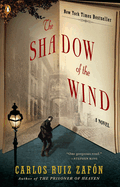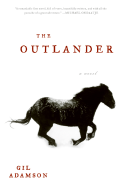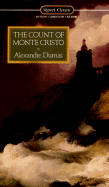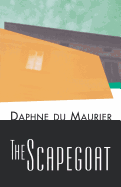For the past year or so, I've tried to stop purchasing and using cleaning products with harsh chemicals. In the process, I discovered the many uses of vinegar. I clean practically everything in my house with it as it cleans just as well as those commercial products. It's cheaper, safer, and I don't have to worry about my small children being poisoned by ingesting it. I also use it in substitution for fabric softener. It really works well and no, your clothes do not smell like vinegar. You can find more ways to use vinegar
here.
I was recently introduced to Renee Loux's book,
Easy Green Living by my close friend, Allison, who had checked it out from the local library. We spent an afternoon in a mixture of excitement over Loux's ideas and anger over the amount of chemicals in our everyday products: soap, shampoo, conditioner, etc. The beauty of this book is that Loux doesn't leave the reader upset without a remedy. For each section of the book, she provides a list of recommended products or recipes. For example, I'm now using her Cutting Board Sanitizer Recipe. It works really well.
The book is divided into 9 sections:
Green Living is Easy
Green Cleaning Basics
5 Steps to a Green Kitchen
4 Steps to a Spic and Span Green Bathroom
Natural Beauty: The Simple 7
6 Steps to Eco-Fresh Laundry
4 Corners of a Green Bedroom
Energy Efficient Lightbulbs: Save Energy and Money
Sustainable, Ecological Home Furnishings and Materials
I highly recommend this book if you are interested in getting started with a greener healthier lifestyle.
This process has been a bit overwhelming to me, partly because there is so much to change and partly because it challenges the good mother/beautiful woman images I've learned all these years from advertisements. I'm thinking here of the smiling mother in the commercial who sprays cleaner all over her child's high chair while the baby sits there. Translation: Good, caring, loving mothers use this product. Now I'm becoming the good, caring, mother who doesn't want to spray chemicals in my children's faces or rub it into their skin or feed it to their bodies. I also care about the impact our actions have on our environment.
Soooo...Here are some of the changes I've made in my life ($$ indicates a money saver):
1. Vinegar as a cleaner and fabric softener $$
2. Line dry my clothes to reduce energy costs (I fluff them about 5-10 min in the dryer) $$
3. Use reusable shopping bags
4. Buy products made from recycled materials (Loux recommends CVS toilet paper, which is made of 70% recycled materials)
5. Buy organic whenever possible. I just made the switch to organic milk at over $6 a gallon. Ouch! But I'm saving money in other ways, so I figure it evens out. I am looking into a local farm that sells organic milk and eggs, but don't know their prices yet.
6. Stop using chemicals in my garden...so far I've used straight up vinegar as a herbicide and am trying out this homemade recipe as an insecticide: 1 gallon hot water mixed with 2 TBSP Castille Soap in a sprayer. Then add 1 cup isopropyl alcohol. I've used this mixture on my roses. $$
7. Buy bamboo products instead of wood and cotton. Bamboo can be harvested and used every five years! It is also very resistant to disease and insects, which means it doesn't need chemicals to grow making it very safe. I bought a new bamboo cutting board and plan to buy bamboo bath towels. Matt and I are also planning to eventually replace our carpeting with bamboo flooring.
8. Replace my non-stick cookware with enameled cast iron
9. Grow houseplants to improve indoor air quality
10. Replace beauty products with all natural ones. I've already started doing this...love Burt's Bees
11. Recycle everything possible
12. Avoid plastics for food storage and staying away from #3, 6, and 7 plastics
13. Using a rain barrel to water plants $$
14. Shopping at our local farmer's market
15. Turning the lights off and unplugging when possible $$
I've also been using the lot next door to do my yard composting. However, once someone builds there, I'll have to compost in my own yard.
What green tips can you share?
Loux, Renee. Easy Green Living. New York: Rodale Inc, 2008.














